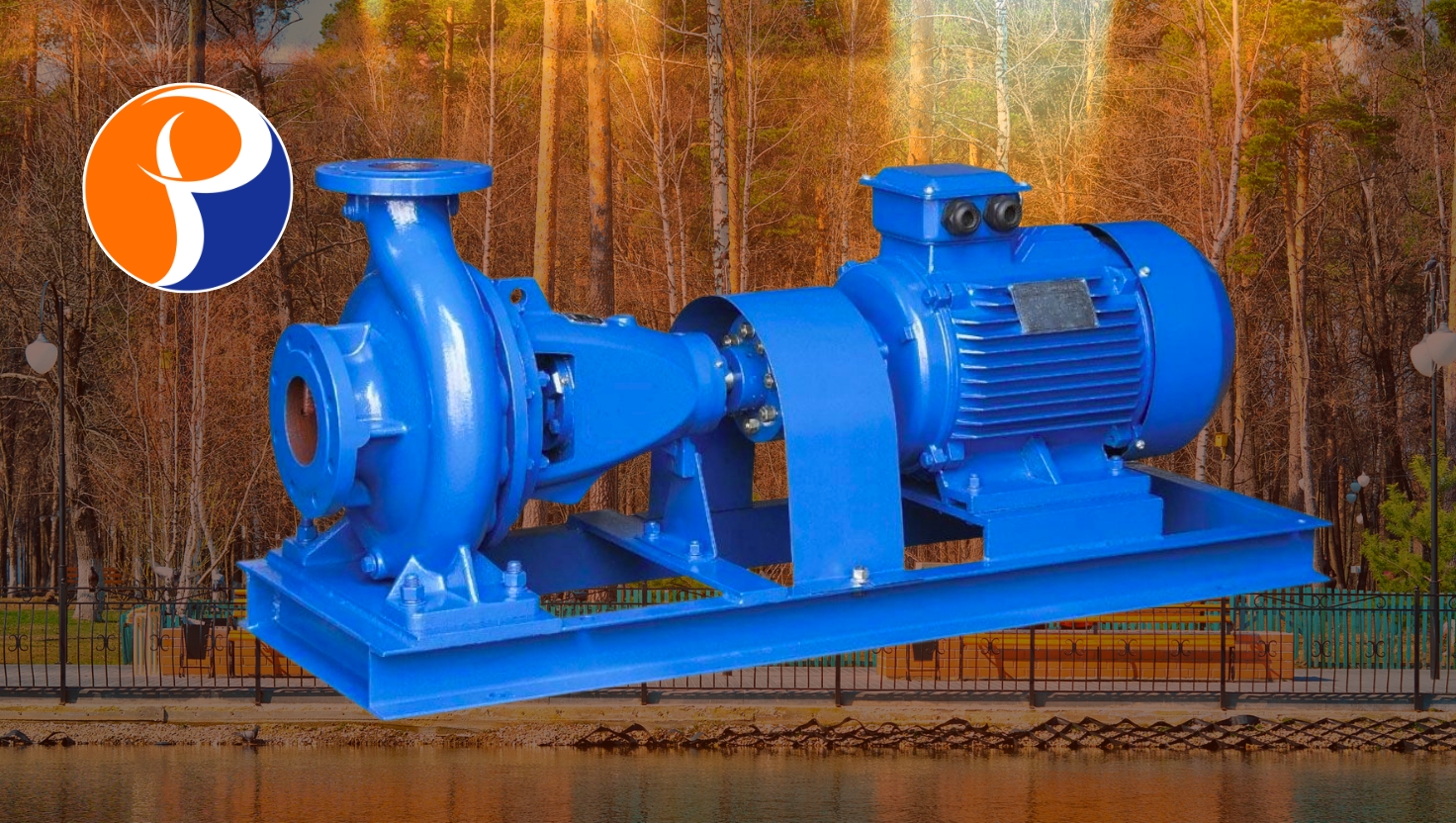
Horizontal Centrifugal Pumps Maintenance and Services
Complete Guide to Horizontal Centrifugal Pumps: Maintenance, Services, and Keeping Them Happy. Let’s be honest, the humble Horizontal Centrifugal Pump isn’t the most glamorous piece of equipment. It doesn’t have the sleek, space-age look of some gadgets and probably won’t be the topic at your next dinner party. But in the grand symphony of industry—from moving water in massive plants to processing chemicals—these pumps are the relentless percussion section, keeping the beat going. When they stop, the music dies, and everything grinds to a halt. That’s why understanding Horizontal centrifugal pumps maintenance and services isn’t just technical jargon; it’s the key to keeping your operations smooth and your blood pressure low.
This guide is your friendly, no-nonsense companion to everything you need to know about keeping these workhorses running. We’ll dive into what they are, why they’re so popular, and then get our hands dirty with the nitty-gritty of pump maintenance. We’ll also talk about when to call in the pros from maintenance companies for expert Pump repair services. So, grab a coffee, and let’s get this motor running.
What in the World is a Horizontal Centrifugal Pump?
Before discussing fixing them, it helps to know what we’re dealing with. Imagine a classic water wheel, but instead of water pushing it, it’s spun by a motor. This spinning wheel, called an impeller, sits on a horizontal shaft (hence the name) inside a casing. As it spins furiously, it flings the liquid from the center to the outside, creating a vacuum that pulls more liquid in and pressure that pushes it out. It’s a beautiful, simple, and highly effective way to move large volumes of liquid. You’ll find these pumps everywhere because their design is straightforward to access for, you guessed it, pump maintenance.
You might also hear about their cousin, the Vertical centrifugal pump. Think of it this way: the horizontal pump lies down on the job, while the vertical pump stands up. The vertical ones are great for saving floor space, like in a well or a sump pit. But when it comes to routine check-ups, the horizontal pump is often the winner for ease of access. You don’t need to be a contortionist to get to its key parts, making life much easier for the maintenance team.
The Good, The Bad, and The Powerful: Horizontal Centrifugal Pumps Pros and Cons
No machinery is perfect, and our friend the Horizontal centrifugal pump is no exception. Knowing its strengths and weaknesses is the first step in smart maintenance. These pumps are generally less expensive to purchase and install than many specialized ones. Their simple design makes them a workhorse for a vast range of applications. Furthermore, their ease of maintenance is a massive advantage. The bearing assemblies and seals are right out in the open, making inspection and replacement a far less dramatic event than with a vertical pump that might require a crane just to lift the motor.
However, let’s discuss the flip side of Horizontal centrifugal pumps’ pros and cons. Their most obvious drawback is that they take up more floor space than their vertical counterparts. They’re like that comfortable, sprawling armchair in your living room—it’s excellent but needs its own zip code. They also require a robust foundation to handle their weight and the dynamic forces from the rotating parts. If the alignment isn’t perfect, you’re in for a world of vibration and premature wear, a fast track to needing Pump repair services. Understanding these cons helps you focus your maintenance efforts on the right areas.
Your Daily and Weekly Check-Up: The Heartbeat of Pump Maintenance
Think of this as taking your pump’s pulse. You don’t need to be a master technician for this; you just need to be observant. A quick daily walk-around can save you thousands in repairs down the line. The key things to monitor are sight, sound, and touch. Look for any signs of leaks, especially around the seal. A small drip might seem innocent, but it’s the pump’s way of crying for help. Listen for unusual noises—grinding, screeching, or cavitation (which sounds like you’re pumping marbles) are ominous signs. Finally, feel the bearing housings. If they’re too hot to touch, something is very wrong.
Your weekly routine should be a bit more involved. This is where you check the lubrication. Many pump failures start with bad or old oil or grease. Check the oil level and its condition. If it looks like a murky swamp, it’s time for a change. Also, the pressure gauges and the ammeter reading on the motor must be monitored. A significant change in pressure or amperage is a clear signal that the pump is working harder than it should be. This proactive approach to pump maintenance separates a smoothly running plant from one that’s constantly in “fire-fighting” mode.
The Big Service: Scheduled Shutdowns for Long-Term Health
While daily checks are crucial, they’re like brushing your teeth. The scheduled shutdown is your complete dental cleaning—it’s comprehensive and prevents major issues. This is typically done every six months or annually, depending on how hard the pump works. The star of this show is alignment checking. The coupling between the motor and the pump must be perfectly aligned. If it’s out, it will cause vibrations that destroy bearings, seals, and the shaft. It’s a job that requires precision and often the right tools, so many teams from maintenance companies are brought in specifically for this task.
The other critical task during a scheduled shutdown is inspecting the mechanical seal or packing. The seal is what keeps the liquid inside the pump. Over time, it wears out. During a shutdown, you can inspect it for wear and replace it before it fails catastrophically. This is also the perfect time to check the impeller for erosion or corrosion and inspect the bearings. Yes, it means taking the pump offline for a while, but this planned downtime is infinitely cheaper than an unplanned week-long outage because a bearing seized and took the whole shaft with it.
When Things Go Bump in the Pump: Troubleshooting Common Issues
Even with the best care, pumps can have bad days. Let’s diagnose some common problems. The most frequent complaint is “The pump isn’t delivering enough pressure or flow.” This could be a few things. First, check the simplest possibility: is the suction line blocked or an air leak? Next, the impeller might be worn out or clogged. Finally, the pump might suffer from cavitation, when vapor bubbles form and collapse violently inside the pump, damaging the impeller and reducing performance.
Another classic issue is “The pump is leaking like a sieve” or “It’s making a horrible noise and vibrating.” Leaks almost always point to a failed mechanical seal or packing. It needs to be replaced, pronto. On the other hand, excessive noise and vibration are often the trio of trouble: misalignment, bad bearings, or cavitation. A bearing usually emits a high-frequency whine or grind before it fails, while misalignment causes a lower-frequency vibration. Identifying these symptoms early is what makes effective pump maintenance so valuable.
Knowing When to Wave the White Flag: Calling Pump Repair Services
There’s a time for DIY, and there’s a time to admit that you need a professional. If you’re facing a major failure like a cracked casing, a severely damaged shaft, or a complete bearing seizure, it’s time to call in the experts. This is where specialized Pump repair services shine. Fixing these complex issues without the proper tools, expertise, and calibration equipment can lead to even more damage and a much bigger bill. A good rule of thumb is: if the repair requires a complete teardown and precision machining, don’t gamble—call a pro.
So, how do you choose the right maintenance companies? Look for a team with a proven track record with Horizontal centrifugal pumps. They should have a well-equipped workshop, the ability to perform dynamic balancing, and a stock of genuine or high-quality parts. Like us at Mech Group, a reputable company doesn’t just fix the immediate problem; we diagnose the root cause to prevent it from happening again. Whether a simple seal replacement or a complete overhaul, having a trusted partner for your Pump repair services is a strategic asset for any business.
Building a Partnership: Why Your Choice of Maintenance Company Matters
Your relationship with a maintenance company shouldn’t be a one-off transaction. It should be a partnership. A good partner will help you move from a reactive mindset (“fix it when it breaks”) to a proactive one (“prevent it from breaking”). They can help you develop a customized pump maintenance schedule, train your staff on daily inspection routines, and provide reliable 24/7 support for those inevitable emergencies. This partnership turns a cost center into a value-added service that boosts productivity and equipment lifespan.
Ultimately, taking care of your horizontal centrifugal pumps is about respecting the machinery that powers your business. It’s about listening to the subtle whispers of a changing vibration or a small drip, so you never have to hear the deafening silence of a production line that’s stopped dead. By combining your diligent daily care with the expert support of a dedicated service provider, you can ensure that these industrial workhorses keep pumping for years to come.
If you have any questions or need expert assistance with your pump maintenance, don’t hesitate to contact us. We’re here to help!
Contact Us:
-
Phone: +966597747661
-
Email: info@pumpsservices.com
-
Website: https:// pumpsservices.com
